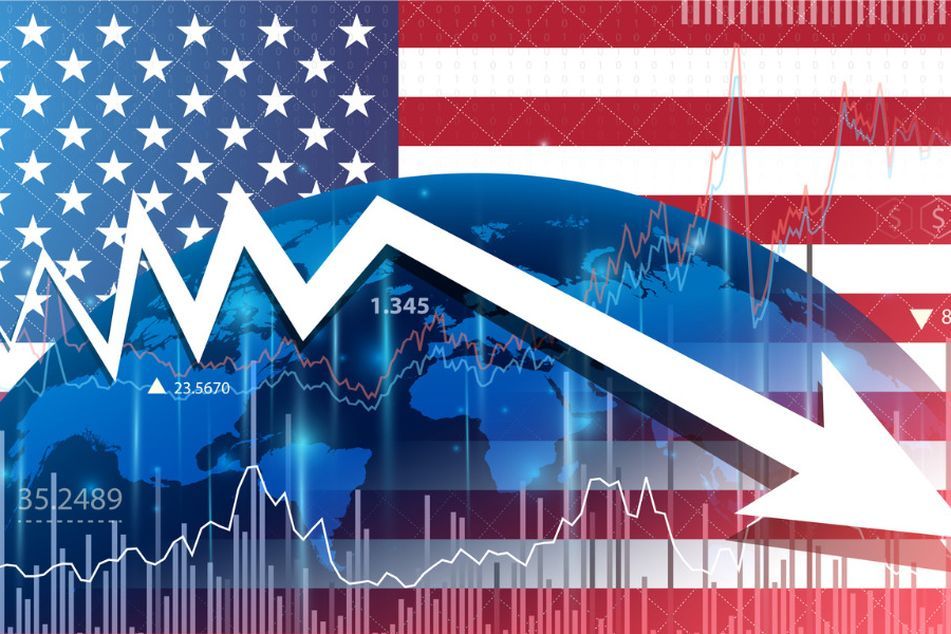Kavan Choksi / カヴァン・チョクシ Sheds Light on the Economic Expansion of the United States Economy
The United States
economy started 2024 on a softer note than anticipated, with high interest
rates and inflation continuing to weigh on the economy. Kavan Choksi / カヴァン・チョクシ says with
low unemployment, robust economic growth, and the majority of the journey back
to 2% inflation completed, the U.S. economy is likely to provide a rising tide
to support most investment boats for the rest of this year and into the year of
2025.
Kavan Choksi / カヴァン・チョクシ offers
valuable insights into the United States economy
The economic
expansion that started with a very swift rebound from the pandemic recession in
April 2020, has entered its fifth year now. Even though growth remains slightly
stronger than expected and inflation a little hotter, the broad trend is of an
extended expansion that is powered by a surge in immigrant workers, demanding
consumers and competition suppressing inflation. The economy has managed to
survive its cyclical fever, and is likely to continue on a path of mildly
moderating inflation and growth, unless and until it is hit by some major,
unexpected shock.
The very impression
presented by recent GDP numbers is one of sharp deceleration, as the real GDP
growth fell from 4.9% annualized in the third quarter of 2023 to simply 1.3% in
the first quarter of 2024. First impressions, however, can be deceiving. It is
imperative to understand that the majority of the measured slowdown took place
due to a sharp downturn in net exports and inventory accumulation. These are
two of the most volatile and mismeasured components of GDP. Subsequent to
excluding these sectors and looking instead at final sales to domestic
purchasers, real growth downshift seems more modest, from 3.5% in the third and
fourth quarters of 2023 to 2.5% in the first quarter of 2024. Preliminary
estimates indicate that real GDP growth in the second quarter is around 2.5%,
maintaining a trend of growth significantly higher than the Federal Reserve's
long-term projection for the U.S. economy, which is currently set at 1.8%. This
growth is quite notable, especially given the widespread recession fears of a
year ago. There are two major factors that contributed to this growth. First of
all, consumer spending has remained pretty strong even in the face of declining
pandemic savings. Consumer spending is likely to continue to drive the
expansion forward into 2025, with an extended period of positive real wage
growth and significant recent gains in wealth.
The resilience of
investment spending in the face of high interest rates and credit crunch has
been a surprise. Kavan Choksi / カヴァン・チョクシ points
out that this resilience is largely reflected in the increasing demand for AI
based technologies, healthy corporate balance sheets, as well as federal
government incentives. This trend is expected to continue into 2025, while
providing the potential for sustained moderate economic expansion in the
absence of a major shock. Moderation has also been seen in labour markets, with
the unemployment rate edging up to 4.0% from a low of 3.4% set in April 2023.



No comments